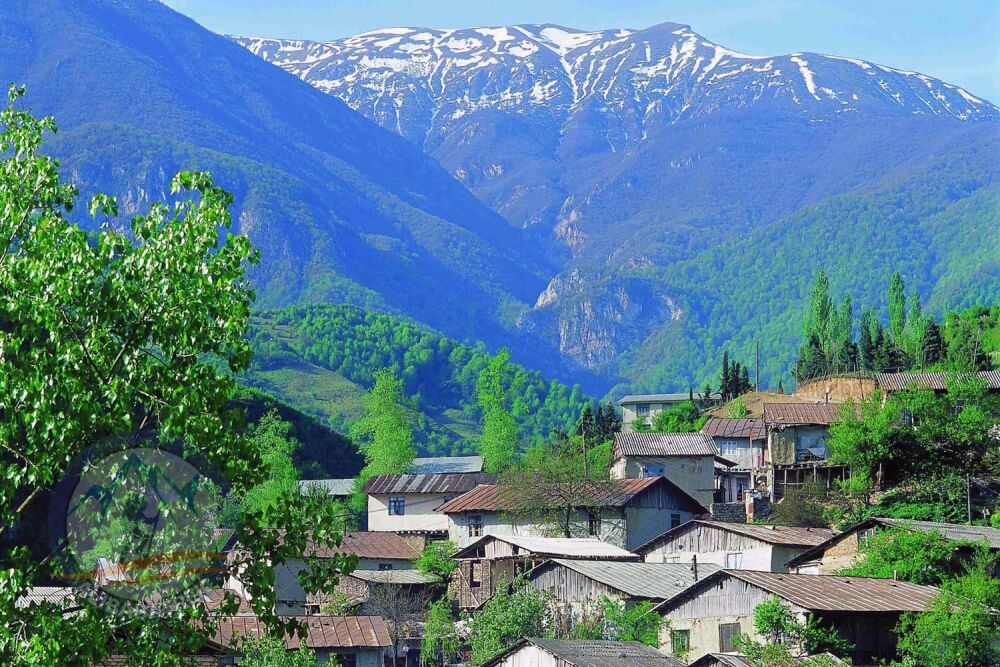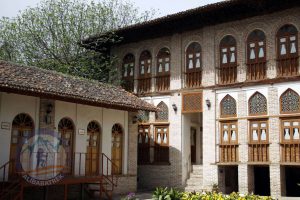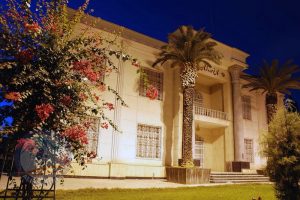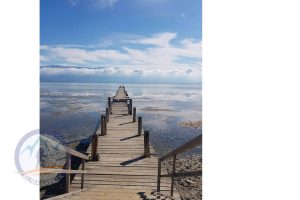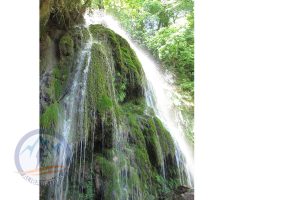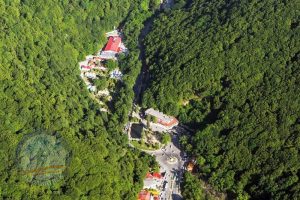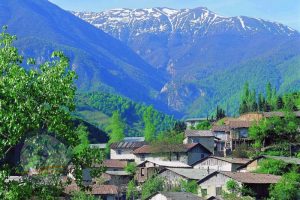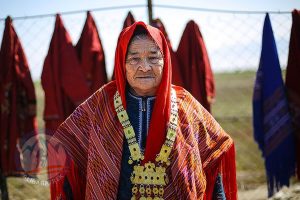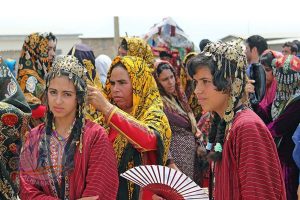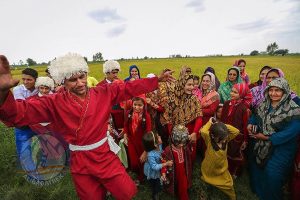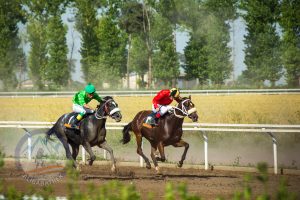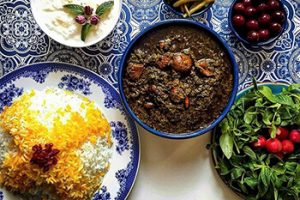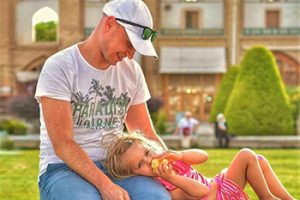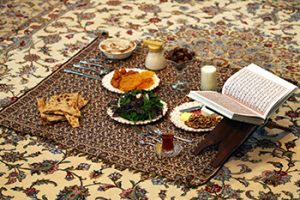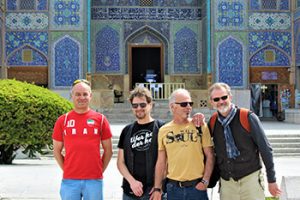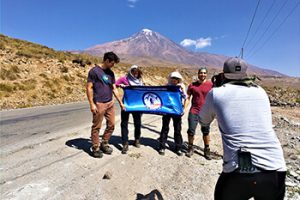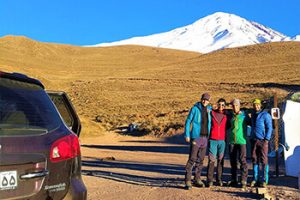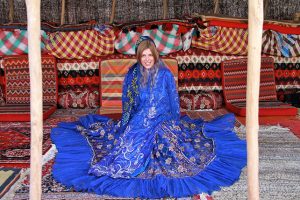GOLESTAN
Indulges in lush forests and Caspian Sea and many touristic sites; biggest base for the Turkmens of the country
Golestan is situated in the South of the Caspian Sea and in the northeast of Iran. Shi’ite Islam is the religion of most of its population with minorities of Sunni Muslims. The province of Golestan was separated from Mazandaran province in 1997. This province with 1.7 million inhabitants, recorded in the 2011 census, stretches over 20,000 square kilometers. The City of Gorgan, the capital of this province until 1937, was originally known as Estarabad.
Ziyarat Village
This village in the county of Gorgan has been greatly infected by an unrestricted construction of buildings by people from nearby cities. The village which until very recently was a quiet rural area of mostly shepherds still holds noteworthy attractions like the Imam Reza St. which ascents sharply from a rather tiny imam-Zadeh established in a graveyard containing old historic tombstones. From here and through a narrow dusty road and three footbridges you can reach a waterfall among cliffs and forests.
Nahar Khoran
This locally famous forest is situated towards the south of Gorgan just outside of municipal boundaries. This Forest with its brooks and streams provides a recreational area away from the bustle of the city, though it is crowded during the weekends and filled with littering. Buses from Gorgan travel to Nahar Khoran numerous times within an hour until 8 pm.
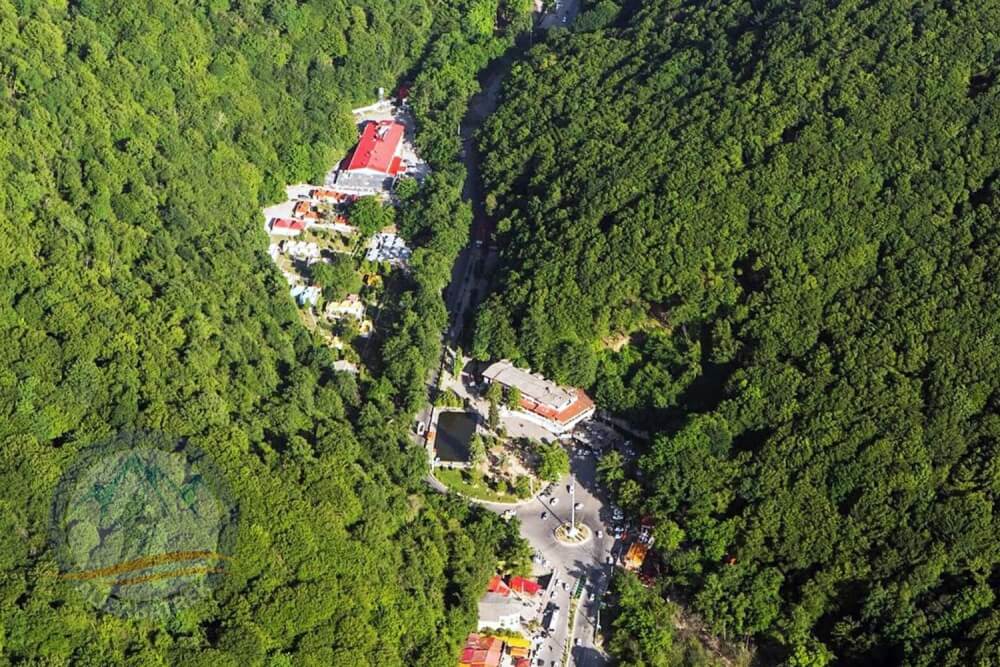
Gorgan Handicrafts Museum
This newly renovated historical house comprises of beautifully tiled roofs and flamboyantly colored Gereh-chini windows and was built near the end of the Qajar era. The house includes a museum of ethnic relics and indigenously realistic manikins.

Gorgan Palace Museum
The Pahlavi dynasty succeeding the Qajar dynasty stomped out a former Safavid Palace to build one of their own in its place. This Palace built in 1964 is among the 12 palaces built during the Pahlavi era and comprises of two-stories that are rather dull and austerely built. The only substantial exterior display of this palace is its two Corinthian pillars and the only significant interior details are the imperial bedstead and a glass vessel in the form of a fish. On the ground floor, there is a display of 28 manikins illustrating some of Gorgan’s most noteworthy historical inhabitants.
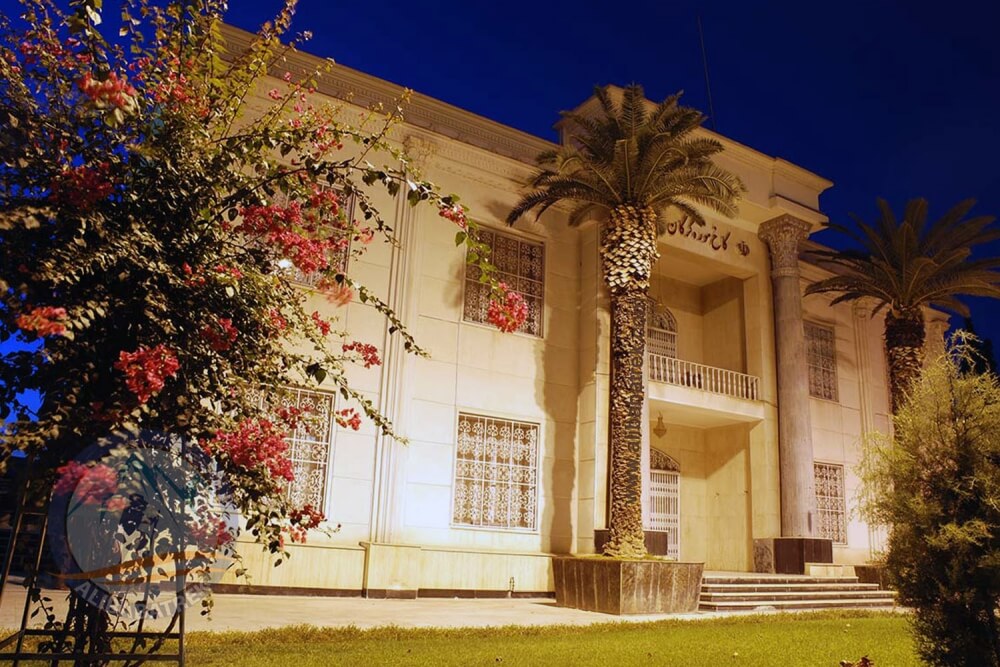
Gonbad-e Kavus
This city was originally called as Hyrcania or Gorgan. The current name of the city translates as “the tower of Kavus” is an allusion to the most prominent ancient remnant of the city. The original name of this city cannot be reinstated as it was haphazardly allocated to the nearby city of Estarabad in 1937 by the government of that time. For a time it was also called Dashte Gorgan, translating as “plains of Gorgan”. The city with the population 127,167 people and consisting of 30,710 families (according to the census taken in 2006) is now the capital of the county, also name Gonbade-e Kavus.
In ancient times, the population of the city contained several ethnicities of Iranian peoples such as the Hyrcanians, Parthians and ultimately the Khurasani Persians. The ancient race of Hyrcania is responsible for the original name of Gonbad-e Kavus and the current name of the capital of the province, Gorgan, as this name is an alteration of the name Hyrcania. Today like everywhere else it is not known dependably what the ethnic makings of the city is, though it is established that the majority of Gonbad-e Kavus’ residents are Turkmen in ethnicity and speak a dialect of western Turkmen branch. The remaining minority consists of Sistani, Mazandarani, Baluch and Khorasani Turks as well as other Iranic ethnicities. Indeed the whole of Iran from its prehistoric times and more particularly during its medieval times has always been a melting pot {{{check if offensive}}} of a variety of races and ethnicities with numerous wonderful cultures and languages.

Alangdareh Park
Nominated as one among Iran’s seven areas o key tourist attractions, the forest park of Alangdare spans over 1.8 square kilometers. Situated 5 km south-west of Gorgan en route to Nahar Khoran, the depths of the park are easily accessible due to the paved asphalt path that goes from end to end. Alngdareh’s temperature is usually at the least 10 degrees colder than the municipal areas nearby. The forests of Alnagdareh which are situated on the hills of the northern forests are jam-packed with different varieties of trees. Willow, maple, alder, oak, and lilac are just some of the varieties of trees that can be found in the park. Along with its beautiful plant life, Alangdareh contains a river and numerous springs that provides remarkable sites throughout the year. The Infrastructure of the park is relatively developed as in addition to the asphalt roads it offers toilets, chapels, electricity, playgrounds, sports grounds and picnic and camping areas.
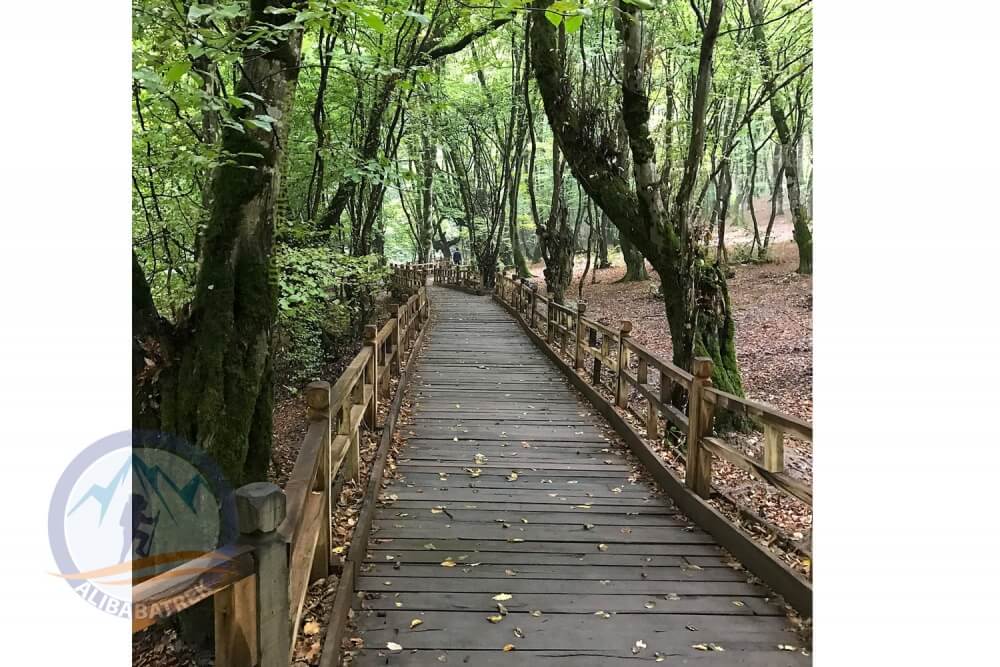
Golestan Photo Gallery
General Info
- Population: 1,868,819
- Area: 20,367 km2 (7,864 sq mi)
- Elevation: 174m
- Climate: warm and temperate
- Avg. Annual Temperature : 17.8 °C
UNESCO Heritages
- Gonbad-e Qabus (tower)

